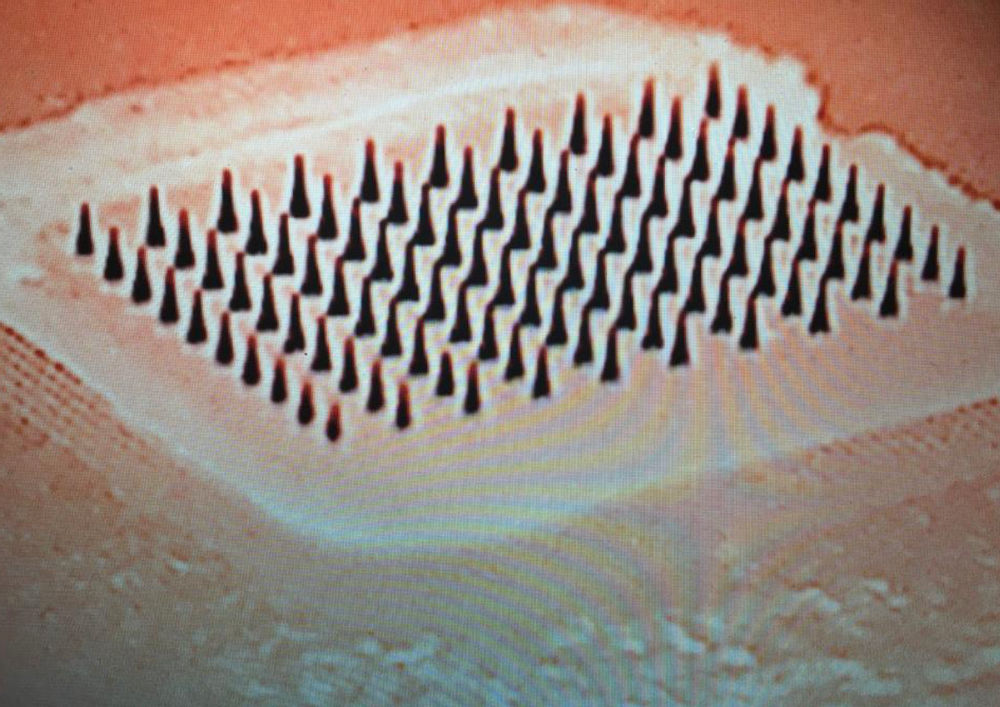By MDS-C19 world news , February10 2021 .
The next time you need a medical exam, a doctor may not draw blood. Instead, it may press a tiny patch covered with microneedles onto your skin.
A team of scientists from Washington University School of Medicine has designed a disposable dime-sized patch that can replace a blood draw. The patch can detect biomarkers and other compounds to look for signs of disease or other health factors.
Skin diagnosis, and goodbye blood sampling
The patch, lined with needles less than a millimeter long, presses on the skin to draw on interstitial fluid, the protein-rich liquid that surrounds skin cells.
This fluid, the research team reports, can make medical tests simpler, less invasive, more accessible than a blood draw, and up to 800 times more sensitive of traditional biomarker tests.
A systematic review
The result of many months of application and a long-standing intuition, the study on the patch that can replace a blood sample was published in the journal Nature Biomedical Engineering.
Its main author, the scientist Srikanth Singamaneni, is extremely satisfied. "We have shown that we can use this patch to significantly improve the sensitivity of immunoassays."
Most of the developments in the microneedle industry have focused on administration of drugs or about vaccinations. A crucial aspect, however, is represented precisely by the possibility that technology has to access this interstitial fluid, long considered a useful resource from a medical point of view but which is difficult to access by conventional means.
“Blood sampling is standard in diagnosis of today. But blood represents only a small fraction of the fluids in our body, ”says George Tech's chemical engineer Mark Prausnitz, which has conducted similar research in the past. "Other fluids have even more useful information, but it's difficult to access."
The micto-needle patch, the study authors say, will not only make medical tests easier, but it will also make them more popular. Bypassing the blood draw can extend testing to parts of the world where supplies and access to equipment are limited.



Comment here